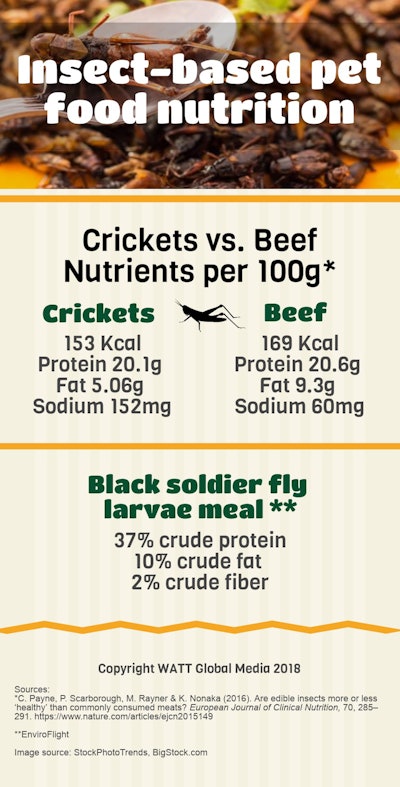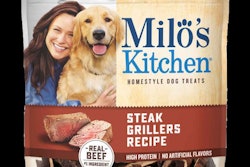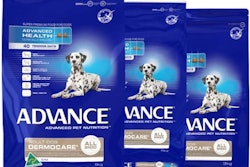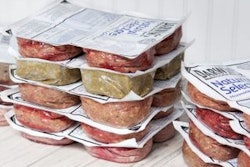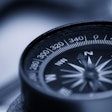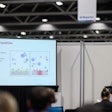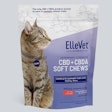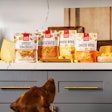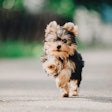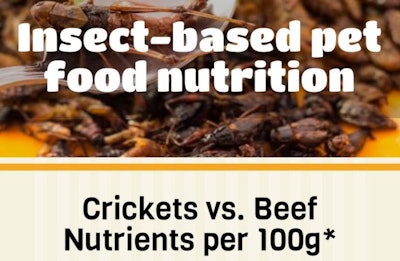
Although many pet owners have anecdotal stories of dogs and cats eating insects, scientists haven’t fully studied the tiny animals’ nutritional and health effects on dogs and cats. However, basic analysis of many insects, such as black soldier fly larvae and crickets, suggest that the animals as packed with proteins and other nutrients. (See infographic below)
“All insects are generally good sources of protein, b-vitamins and trace minerals,” said pet nutrition consultant Mark Finke, PhD. “Much of it depends on exactly what they are to be used for (what is their primary role in a complete and balanced pet food). So black soldier fly larvae would be an excellent source of calcium as well, while crickets are relatively high in taurine. Note that some nutrients can easily be manipulated by diet so in some cases blanket statements should be made with great care.”
“There is much we don’t yet know about feeding insects to dogs and cats,” said Finke. “While they would likely be fine and indeed many species of wild canine and felines typically include insects in their diets we just don’t know much yet. Lots of good research using insects in the diets of fish, poultry and rats (and smaller amounts in swine) but research in dogs and cats is lagging.”
“All indications are that they would be excellent sources of high quality protein (along with many other essential nutrients) but we are in the very infancy of this mostly as a result of lagging regulations and in some cases costs are not competitive with more traditional protein sources.”
